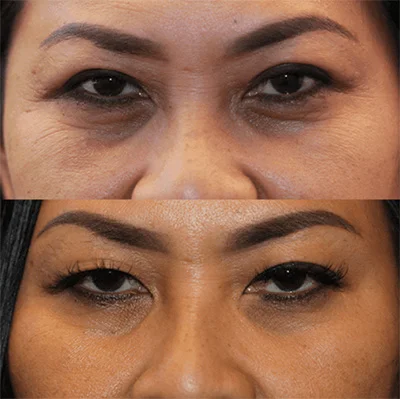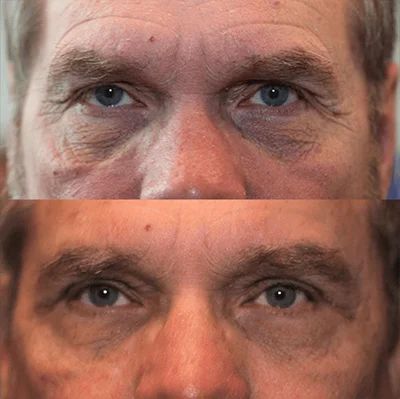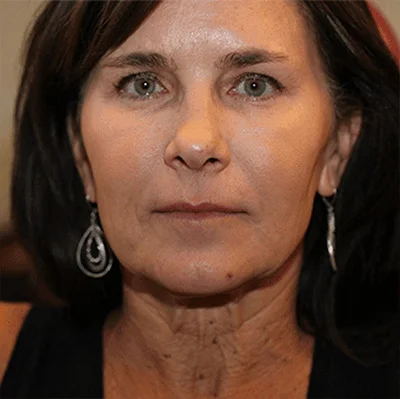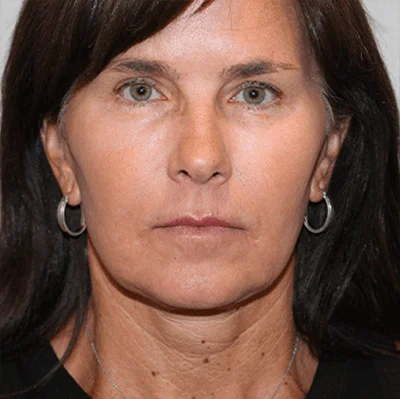
Lines, wrinkles, and sagging skin all come with aging, a perfectly normal occurrence. Collagen and elastin, two proteins that give your skin strength and resiliency, are plentiful when you’re a kid, but your body starts ramping down their production around age 25. The levels diminish further with each advancing year. However, just because it’s normal doesn’t mean you have to like it or can’t do anything about it.
At Arizona Ocular & Facial Plastic Surgery, oculofacial plastic and cosmetic surgeon Dr. Dustin Heringer understands that his patients in Scottsdale and Peoria, Arizona, want to hold onto their youthful look. That’s why he offers a long-term solution, the surgical face-lift.
Medically known as a rhytidectomy, a face-lift addresses problems with the lower third of your face, including the jaw. The procedure lifts and tightens the skin and the underlying muscles, smoothing out deep lines and sags and bringing back your youthful contours. Here’s what you can expect from the procedure and its recovery.
The face-lift procedure
Different surgeons use different techniques for a face-lift, and the exact method Dr. Heringer chooses for you depends on your anatomy and personal aesthetic goals, which he discusses with you when you come in for a consultation.
It’s common, too, for patients to choose add-on procedures, such as a brow lift, neck lift, or blepharoplasty, when having a face-lift, so the entire face and neck look refreshed. These additional procedures factor into the doctor’s approach as well.
Dr. Heringer primarily uses the Superficial Musculoaponeurotic System (SMAS) technique, which addresses your skin and the underlying muscles and connective tissue. He believes it produces the most natural-looking results.
Dr. Heringer makes incisions along your hairline so the scars won’t be visible. Next, he separates the skin from the underlying muscles and connective tissue, then repositions the deeper facial tissues and removes sagging skin. This creates a firmer foundation for the remaining skin.
After he replaces the remaining skin over the newly rejuvenated deep tissues, your face has a smoother, more youthful contour without appearing over-tightened.
There is a caveat. While a face-lift can rejuvenate your appearance, it can’t remove the fine lines and wrinkles that develop due to sun damage. Other cosmetic procedures, such as microdermabrasion and laser resurfacing, address these issues specifically.
Recovering from a face-lift
A face-lift is major surgery, so you’ll have quite a bit of downtime. Expect to take a couple of weeks off to rest and recover. Right after the procedure, you may experience:
- Mild to moderate pain
- Drainage from the incisions
- Bruising
- Swelling
- Numbness in the face
The doctor covers the incisions with bandages that provide gentle pressure to reduce bruising and swelling. He may also place small tubes under the skin behind your ears to drain excess blood or fluid away from the wounds.
In the first few days after surgery, you need rest. You also need to:
- Sleep with your head elevated to reduce swelling
- Apply cool packs to decrease pain and swelling
- Take any pain medication recommended by your doctor
- Keep your follow-up appointments
Over the next two months, you’ll have appointments scheduled as follows:
- The day after the surgery, Dr. Heringer generally removes your drainage tubes, applies an antibiotic ointment to prevent infection, and replaces the bandages
- Two to three days after surgery, he may swap out the bandages for an elasticized facial sling
- About a week after surgery, he removes your stitches and assesses the wounds’ healing
- We schedule additional visits, as needed, to monitor your progress
Dr. Heringer gives you comprehensive aftercare instructions on the day of your surgery, which you need to follow as directed to minimize complications. Other recovery tips include:
- Don’t pick at the scabs on the incisions; they could become infected
- Start using shampoo and soaps only when the doctor says you can
- Wear clothes that fasten in the front; don’t pull anything over the head
- Avoid pressure or motion on and around the incisions
- Don’t use makeup until you’re told you can
- Avoid strenuous activity and exercise
- Avoid direct sun exposure for three weeks
- Use a sunscreen of SPF 30 or higher when you go out
- Avoid coloring, bleaching, or perming hair for at least six weeks
Dr. Heringer will let you know when you can safely return to each activity of your daily routine.
If you’re bothered by the visible signs of aging on your face and are considering a face-lift, you’re in good hands with Dr. Heringer at Arizona Ocular & Facial Plastic Surgery. To schedule a consultation, give us a call at either location, or book online with us today.



